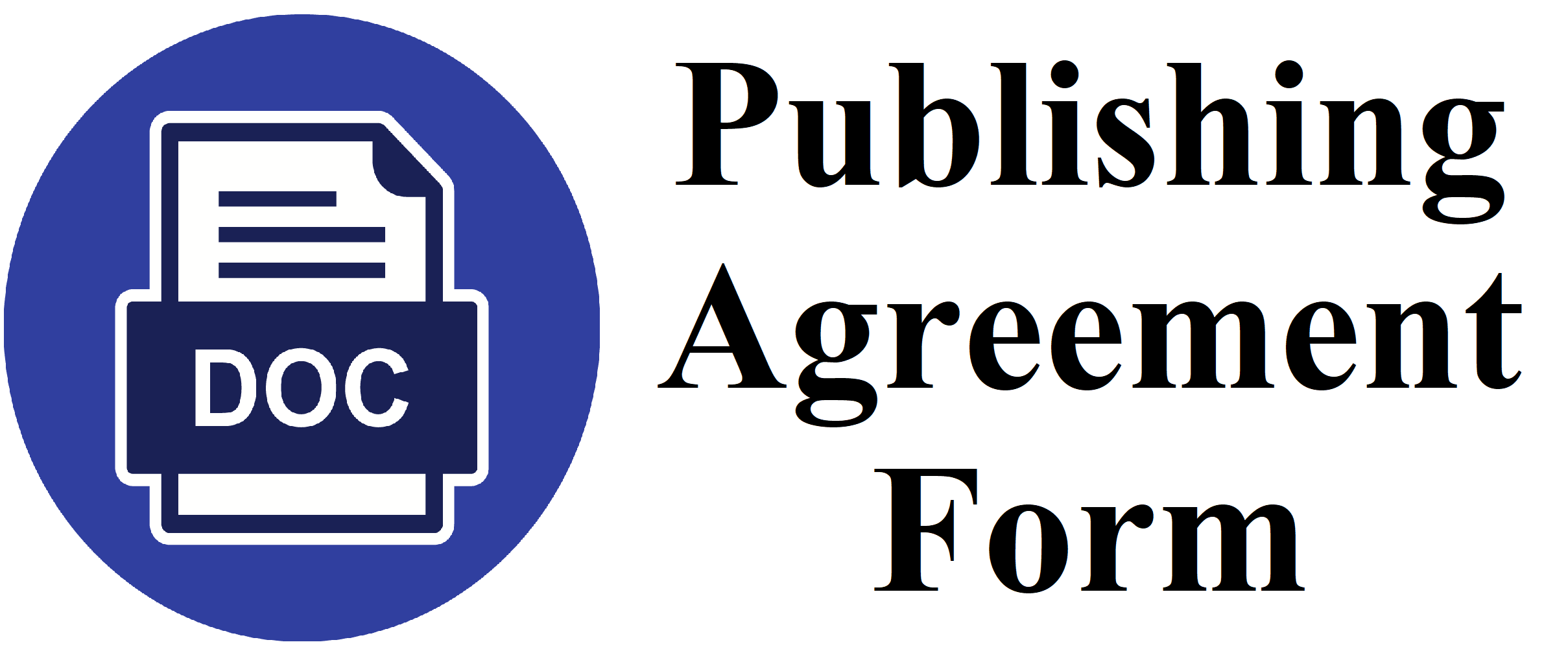The Predictive Factors of Mortality In COVID-19 In The Intensive Care Unit: A Retrospective Study From Universitas Airlangga Hospital Surabaya
DOI:
https://doi.org/10.36497/jri.v45i2.830Keywords:
COVID-19, ICU, mortality, outcome, predictiveAbstract
Background: Coronavirus disease 2019 (COVID-19) poses a significant global challenge due to its highly transmissible nature and many positive cases and deaths. Myriad factors are known to affect the outcome of COVID-19 patients. Therefore, identifying predictive factors is essential for developing strategies to reduce mortality.
Methods: An analytical observational retrospective study was conducted at Universitas Airlangga Hospital Surabaya from January to June 2021. A total of consecutive sampling was performed on all patients in the intensive care unit. Thirty-one variables were included and analysed using a two-step statistical analysis: univariate and multivariate logistic regression.
Results: The mortality rate among 116 patients was 61.2%. The univariate analysis showed that dyspnoea, hypoxia, hyperglycaemia, and fever at admission were positively correlated with mortality. The multivariate analysis showed that fever (adjusted odds ratio [OR]=5) and hyperglycaemia (adjusted OR=8) at admission were independent predictors of mortality.
Conclusion: Patients with hyperglycaemia or fever at admission face an increased likelihood of dying from COVID-19, with risks elevated by eight times and five times, respectively.
Downloads
References
1. Health Promotion Bureau. Rolling updates on coronavirus disease (COVID-19). World Health Organization. 2020.
2. Banerjee D, Rai M. Social isolation in COVID-19: the impact of loneliness. Int J Soc Psychiatry. 2020;66(6):525–7.
3. Grasselli G, Zangrillo A, Zanella A, Antonelli M, Cabrini L, Castelli A, et al. Baseline characteristics and outcomes of 1591 patients infected with SARS-CoV-2 admitted to ICUs of the Lombardy region, Italy. JAMA. 2020;323(16):1574–81.
4. Gallo Marin B, Aghagoli G, Lavine K, Yang L, Siff EJ, Chiang SS, et al. Predictors of COVID-19 severity: a literature review. Rev Med Virol. 2021;31(1):e2146.
5. Jioe YB, Pakiding H, Lorein N, Yuliana D, Mangontan FM, Berhitu FS. Clinical profile of COVID-19 patients from march 2020 to march 2021 in Abepura Regional General Hospital (RSUD Abepura), Papua. J Respir Indo. 2022;42(4):375–80.
6. Alshukry A, Ali H, Ali Y, Al-Taweel T, Abu-Farha M, AbuBaker J, et al. Clinical characteristics of coronavirus disease 2019 (COVID-19) patients in Kuwait. PLoS One. 2020;15(11):e0242768.
7. Jin JM, Bai P, He W, Wu F, Liu XF, Han DM, et al. Gender differences in patients with COVID-19: focus on severity and mortality. Front Public Health. 2020;8:152.
8. Huang J, Cheng A, Kumar R, Fang Y, Chen G, Zhu Y, et al. Hypoalbuminemia predicts the outcome of COVID-19 independent of age and co-morbidity. J Med Virol. 2020;92(10):2152–8.
9. Oliveira E, Parikh A, Lopez-Ruiz A, Carrilo M, Goldberg J, Cearras M, et al. ICU outcomes and survival in patients with severe COVID-19 in the largest health care system in central Florida. PLoS One. 2021;16(3):e0249038.
10. Yang Y, Cai Z, Zhang J. Hyperglycemia at admission is a strong predictor of mortality and severe/critical complications in COVID-19 patients: A meta-Analysis. Biosci Rep. 2021;41(2):BSR20203584.
11. Lazarus G, Audrey J, Wangsaputra VK, Tamara A, Tahapary DL. High admission blood glucose independently predicts poor prognosis in COVID-19 patients: A systematic review and dose-response meta-analysis. Diabetes Res Clin Pract. 2021;171:108561.
12. Chen J, Wu C, Wang X, Yu J, Sun Z. The impact of COVID-19 on blood glucose: a systematic review and meta-analysis. Front Endocrinol (Lausanne). 2020;11(5):574541.
13. Mazori AY, Bass IR, Chan L, Mathews KS, Altman DR, Saha A, et al. Hyperglycemia is associated with increased mortality in critically ill patients with COVID-19. Endocr Pract. 2021;27(2):95–100.
14. Gul MH, Htun ZM, Inayat A. Role of fever and ambient temperature in COVID-19. Expert Rev Respir Med. 2021;15(2):171–3.
15. Kokturk N, Babayigit C, Kul S, Duru Cetinkaya P, Atis Nayci S, Argun Baris S, et al. The predictors of COVID-19 mortality in a nationwide cohort of Turkish patients. Respir Med. 2021;183:106433.
16. Pesola GR, Ahsan H. Dyspnea as an independent predictor of mortality. Clin Respir J. 2016;10(2):142–52.
17. Safwenberg U, Terént A, Lind L. Differences in long-term mortality for different emergency department presenting complaints. Acad Emerg Med. 2008;15(1):9–16.
18. Hentsch L, Cocetta S, Allali G, Santana I, Eason R, Adam E, et al. Breathlessness and COVID-19: a call for research. Respiration. 2021;100(10):1016–21.
19. Xie J, Covassin N, Fan Z, Singh P, Gao W, Li G, et al. Association between hypoxemia and mortality in patients With COVID-19. Mayo Clin Proc. 2020;95(6):1138–47.
20. Azer SA. COVID-19: pathophysiology, diagnosis, complications and investigational therapeutics. New Microbes New Infect. 2020;37:100738.
21. Zhang Y, Zheng L, Liu L, Zhao M, Xiao J, Zhao Q. Liver impairment in COVID-19 patients: a retrospective analysis of 115 cases from a single centre in Wuhan city, China. Liver Int. 2020;40(9):2095–103.
22. Simadibrata DM, Pandhita BAW, Ananta ME, Tango T. Platelet-to-lymphocyte ratio, a novel biomarker to predict the severity of COVID-19 patients: a systematic review and meta-analysis. J Intensive Care Soc. 2022;23(1):20–6.
23. Rees EM, Nightingale ES, Jafari Y, Waterlow NR, Clifford S, Carl CA, et al. COVID-19 length of hospital stay: a systematic review and data synthesis. BMC Med. 2020;18(1):270.
24. Spyropoulos AC, Cohen SL, Gianos E, Kohn N, Giannis D, Chatterjee S, et al. Validation of the IMPROVE-DD risk assessment model for venous thromboembolism among hospitalized patients with COVID-19. Res Pract Thromb Haemost. 2021;5(2):296–300.
Downloads
Published
Issue
Section
License
Copyright (c) 2025 Vindy Vanessa Wennas, Arief Bakhtiar, Mochamad Yusuf, Wiwin Is Effendi

This work is licensed under a Creative Commons Attribution-ShareAlike 4.0 International License.
- The authors own the copyright of published articles. Nevertheless, Jurnal Respirologi Indonesia has the first-to-publish license for the publication material.
- Jurnal Respirologi Indonesia has the right to archive, change the format and republish published articles by presenting the authors’ names.
- Articles are published electronically for open access and online for educational, research, and archiving purposes. Jurnal Respirologi Indonesia is not responsible for any copyright issues that might emerge from using any article except for the previous three purposes.
















